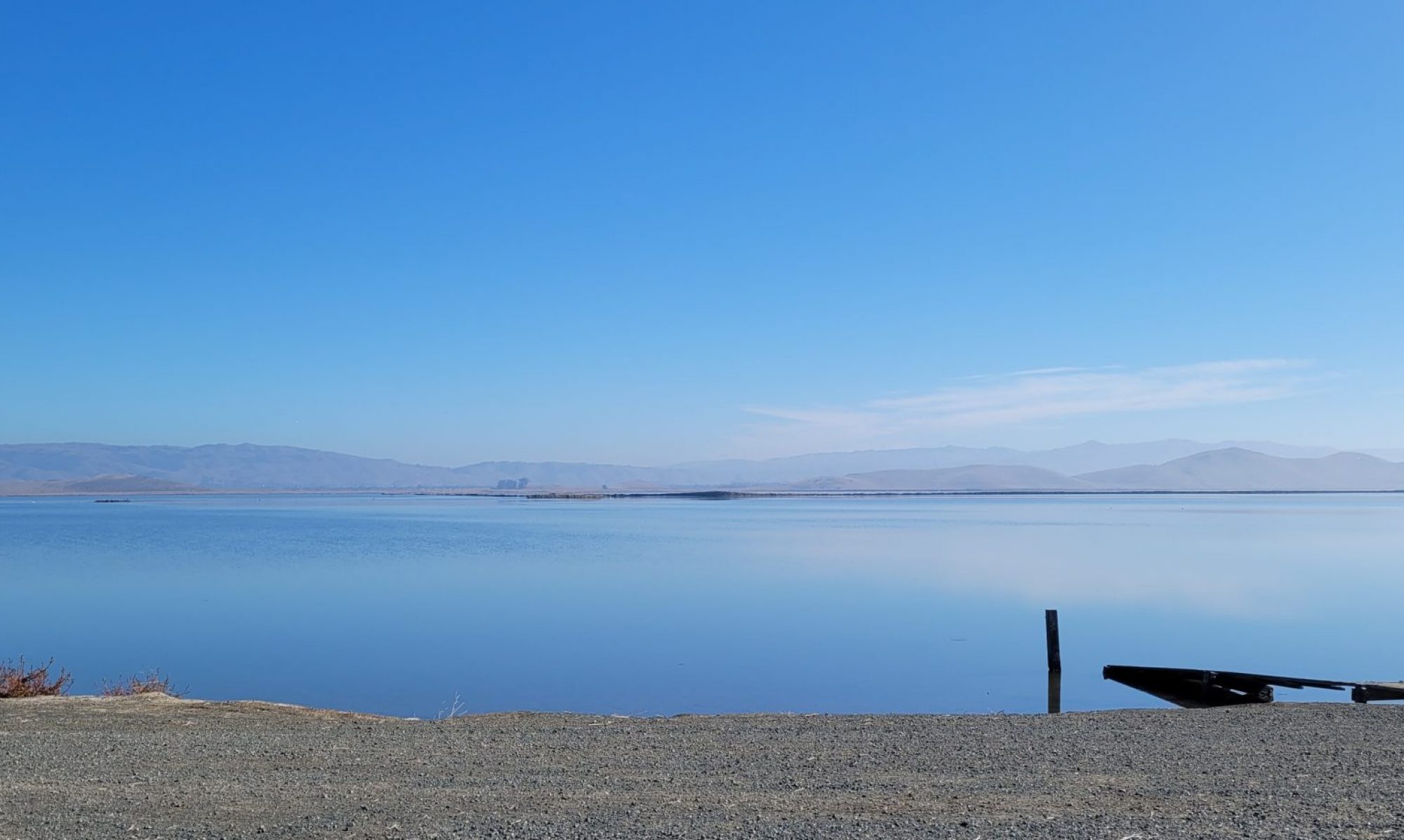
Transformational! G.O.A.T. (Greatest of All Time)! You’ve never experienced anything like it!
Gobblyedook? Hyperbole? No, as you might guess, these were some of the Facebook comments about Hamilton, which we enjoyed seeing in San Francisco last week, despite the exaggeration and hoopla surrounding its existence. This is not a review of the show, about which you most likely already have an opinion, but it got me to thinking about the other It Performances and Artistic Experiences that also left long shadows from say fifty, a hundred, or even longer ago.
Contrary to some recently held beliefs, Hamilton is not the only theater experience that has ever been deemed life-changing. It was only about fifty years ago that musicals themselves were transformed by the introduction of contemporary music, young people, and irreverent ideas, in the first true rock musical, Hair. A century ago, there was a single person–and her rival–who changed all of theater. Still further back, there was a guy who changed how people wrote, what people read, and even how people think about Christmas. There are all sorts of ways to influence the arts.

When the Moon is in the Seventh House…
The musical Hair premiered off-Broadway in 1967, before moving to Broadway for a very popular, if critically tepid, run. When it migrated to London’s West End in 1968, the start was delayed until changes were made to the Theatres Act in order to allow for the nudity and profanity. Then, it ran in London for nearly 2000 performances.
Written by James Rado and Gerome Ragni, who also appeared in the show, the musical explored the controversial themes that exploded across headlines the late Sixties: the youth counterculture, opposition to the war, air pollution, racism, free love, and bureaucratic oppression. The songs are joyous and sarcastic, hummable tunes of subversion. We had the album at home when I was nine, and I loved it. Of course, there was no place to actually look up the words to the lyrics, so imagine my dismay at 23, when I finally realized some of the words I was singing in the tune “Sodomyyyyyy…..”
Continue reading “The Hottest Ticket in Town”

